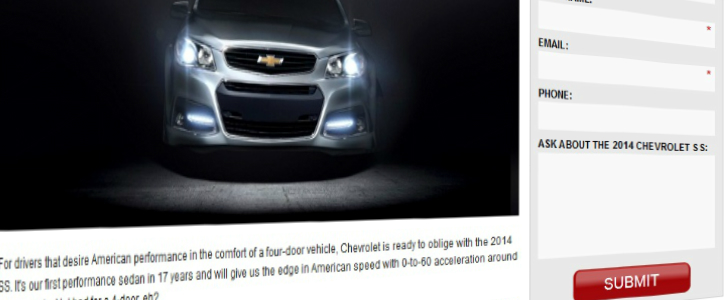In Search, having the Right Website is more Important than (almost) Ever

Back in the days when Yahoo was fighting against Alta Vista, when Bing was still called Microsoft Live, and when Google was trying to get the big Y to buy them, onsite content and meta tags were search. It was a day of keyword stuff, of hidden text, and of content scraping that helped porn sites rank for the term “toys” while male enhancement drugs could be found on searches for “big fun”. Google emerged as the leader in part because of their pure design, but also because they started looking offsite for signals about search rankings.
The days before Google’s innovation were the peak of onsite SEO. Google turned search on its head by focusing more on what other websites were saying about your website through links rather than anything you put on your site itself. PageRank changed search forever and helped to eliminate some of the poor spammy techniques that websites employed for the sake of getting search engine traffic. Of course, with any good thing comes the bad parts and spammers started learning how to manipulate offsite signals as well.
This persisted until about a year ago. It was at SXSW 2012 that Google’s Matt Cutts and Bing’s Duane Forrester told SEO guru Danny Sullivan that changes were in the works to help rein in offsite link spamming. A month and a half later on April 24th, search was changed forever with the introduction of the Penguin search algorithm update. It helped to eliminate a lot of the offsite spamming techniques, enough so to take some companies out of the SEO business (or out of business altogether).
The pre-PageRank days were the only ones when having the right website made more of a difference than it does today. With the rise of content marketing as a hub for SEO and social media marketing rather than a component of the two disciplines, having the strongest possible website content is essential in promoting a brand on search as well as social media sites like Facebook. You can’t just have a website and drive links to it anymore. Today, you have to “bring it” from a quality perspective. While it’s possible to have a dealer website that stays completely focused on the task of selling cars and services, it’s better to have one that’s diverse with information, articles, and other pieces of content that bring value to the visitors whether they want to buy something or not.
Google is smart. Bing may be smarter, albeit not at marketing themselves. They can tell the difference between SEO content and valuable content for the website visitors much better than most are will to admit. SEO spam is dying. Bulk is dying. Today, the search engines want to see effort. They want you to amaze people with the content you put on your website.

© 2025 Created by DealerELITE.
Powered by
![]()

You need to be a member of DealerELITE.net to add comments!
Join DealerELITE.net